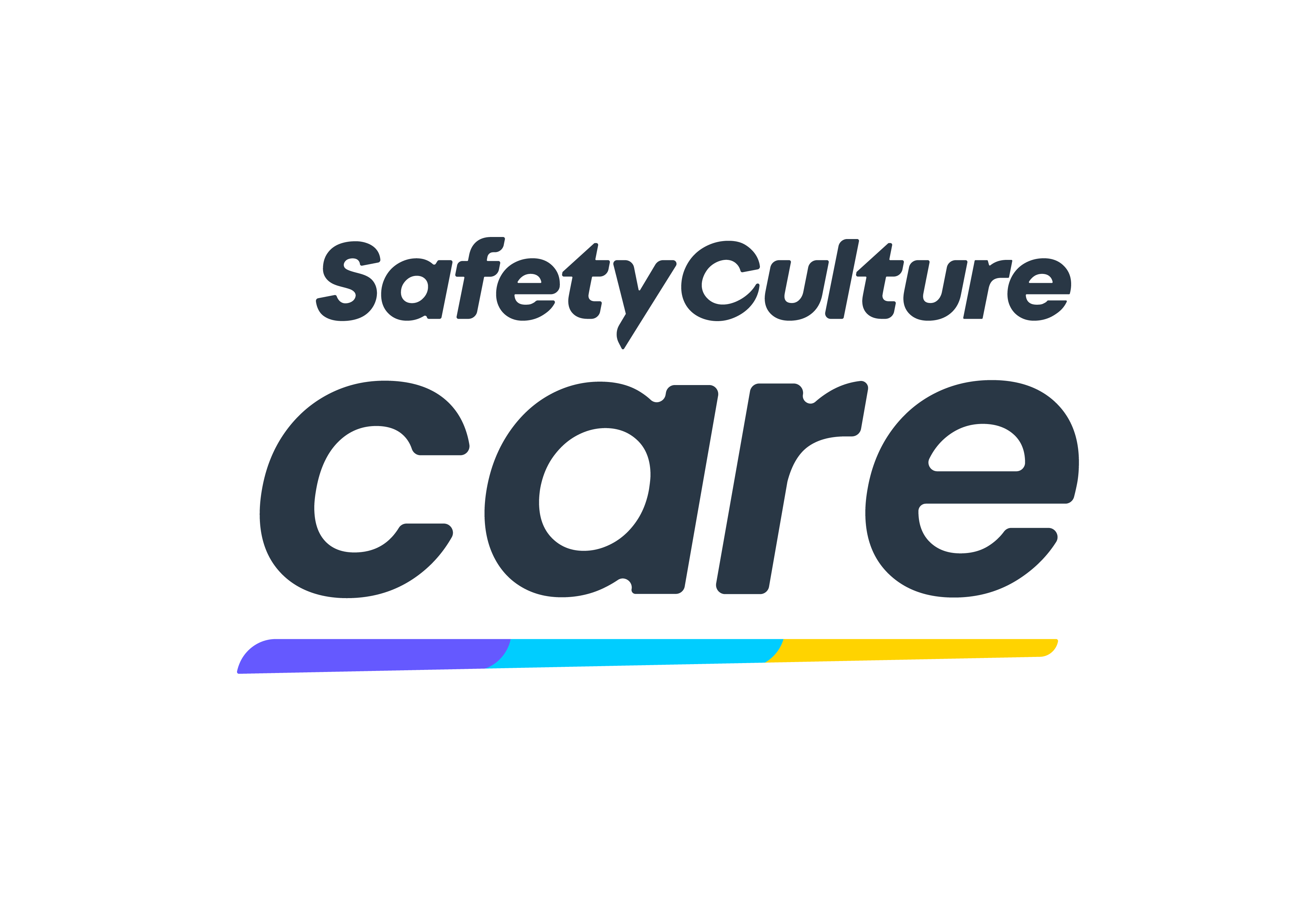Title Page
-
Site conducted
-
Conducted on
-
Prepared by
-
Location
Electrical switchboards, sub-boards and distribution boards
-
For specialised advice about electrical safety, contact a licensed electrical contractor.
-
Have a look at the switchboard and check if there are Circuit breakers (RDCs - Residual Current Devices) installed and online (pictured: switchboard with circuit breakers)?
-
Are Circuit breakers (RDCs - Residual Current Devices) installed on the switchboard and online?
-
Engage a licensed electrical contractor to inspect all switchboards and install RCD's to all operational circuits.
-
Have a look at the switchboard and check if there are any gaps where there are no circuits (pictured: gaps in the switchboard - gaps marked with yellow arrow).
-
Are there any gaps in switchboards where there are no circuits? There should be no access to the rear (live) area of the switchboard through gaps where there are no circuit breakers.
-
Engage a licensed electrical contractor to inspect all switchboards and install pole fillers to all gaps reducing the likelihood of vermin, dust or debris entering the rear of the switch board which can cause loss of power and /or an electrical fire.
-
Are all electrical boards clear of stored material and accessible at all times with no combustible material stored within 2 metres of any electrical installation
-
Remove any stored materials that is obstructing electrical switchboards and ensure that all combustible materials are not stored within 2 metres of any electrical switchboard, main distribution board or sub-boards.
-
Check if there is a CO2 Fire extinguisher installed within the main electrical room at your premises. Check the marking and stickers to ensure that the fire extinguisher installed is CO2 (pictured: CO2 fire extinguisher).
-
Is a CO2 Fire Extinguisher installed within the main electrical room within your premises?
-
Have your fire protection contractor attend and inspect you business and ensure the are adequate CO2 fire extinguishers installed to all electrical rooms and where electrical equipment is used.
Power points, light fittings and switches
-
For specialised advice about electrical safety, contact a licensed electrical contractor.
-
Are all power points, light fittings and switches correctly fixed to a solid wall with no loose screws, switches or exposed wires?
-
Have your licensed electrical contractor attend and inspect all electrical fittings and ensure they are correctly installed and repair and damaged fittings.
-
Are isolating switches clearly labelled and accessible?
-
Have your licensed electrician attend and identify the various circuits and label the corresponding RCD in the switchboard so a circuit can be safely isolated in the event of an issue.
-
Are all light fittings correctly installed with no loose fittings, or exposed wiring?
-
Have your licensed electrician attend and inspect all light fittings and repair any damaged fittings.
Power tools, flexible leads and power boards
-
For specialised advice about electrical safety, contact a licensed electrical contractor.
-
Have a look at extension cords, power boards and electrical equipment; and check whether they have been inspected and tagged within the past 12 months (pictured: electrical cables with inspection tags).
-
Are all extension cords, power boards and electrical equipment (computers, kettles, microwaves, fridges, power tools with leads, electrical plant and equipment for example) tested and tagged by a licensed electrical contractor within the past 12 months?
-
Engage you electrical contractor to inspect all electrical equipment, power boards, leads, computers etc and ensure that they have been tested and tagged within the previous 12 months. Implement a formal procedure across the business.
-
Make sure all extension cords, power boards and electrical equipment is annually tested and tagged by a licensed electrical contractor.
-
Have a look at the power boards and check if they are fitted with a safety switch/circuit breaker and are of commercial quality (pictured)?
-
Are power boards fitted with a safety switch/circuit breaker and of commercial quality?
-
Only use commercial grade power boards with a safety switch/circuit breaker installed and/or on off switches for each circuit.
-
Have a look at the power boards. Power boards should never be overloaded - one connection per circuit with no "piggy backing" or use of double adapters (pictured: overloaded power board with double adapters).
-
Does each power board have only one connection per outlet on the power board - for example no piggy backing or use of double adapters on power boards?
-
Review all power boards and ensure there is no piggy backing and only one connection per outlet.
-
Have a look at power boards and check if they are free of obvious damage such as burn or char marks or loose wires (pictured: damaged wiring).
-
Are power boards free of obvious damage including burn or char marks or loose wires?
-
Replace any power boards immediately that are showing wear or tear or obvious issues such as burn marks.
-
Are power boards located in a safe position to prevent mechanical or other damage and not creating a slip/trip or fall hazard
-
Relocate the power board to a safe location
-
Are extension cords free from visible damage such as exposed wires or loose connections?
-
Immediately replace and damaged extension cord.
-
Have a look at extension cords and check if they are in a safe location and free from damage and not creating a slip, trip or fall hazard - they are covered or placed in an extension cord cable tray (pictured: cable cover).
-
Are extension cords in a safe location free from damage and not creating a slip, trip or fall hazard?
-
Relocate the extension cord to a location where it is not a slip, trip for fall hazard and will not be damaged - alternatively install the extension cord in cable tray.
-
Have a look at power tools and check if they are free of obvious damage such as loose and exposed wiring (pictured: damaged wiring).
-
Are all power tools free of obvious damage such as loose or exposed wiring?
-
Tag the power tool out of service and have it repaired and/or replaced immediately.
Preventative Risk Management
-
These questions are not scored but will provide insights how best to mitigate electrical risk in your business - refer to the Safe Work Australia Code of Practise for more information - https://www.safeworkaustralia.gov.au/system/files/documents/1705/mcop-managing-electrical-risks_in_the_workplace-v1.pdf
-
Are the electrical installations subjected a formalised inspection process including thermal scanning of all switchboards?
-
Do you have a formalised tag out process in place to identify and tag out of service any electrical equipment?
-
Do you ensure any third party electrical equipment used within your business is tested and tagged
Final comments
-
Additional Comments - Is there anything else you would like us to know?
-
How did you find the process of completing these questions?
-
What did you like about your experience?
-
If you have any other questions in regards to the template or would like to book a risk consultation please contact us at hello@mitti.com.au
-
What would make the process easier for you?
-
What would make the process easier for you?
-
What did you like about your experience?


























